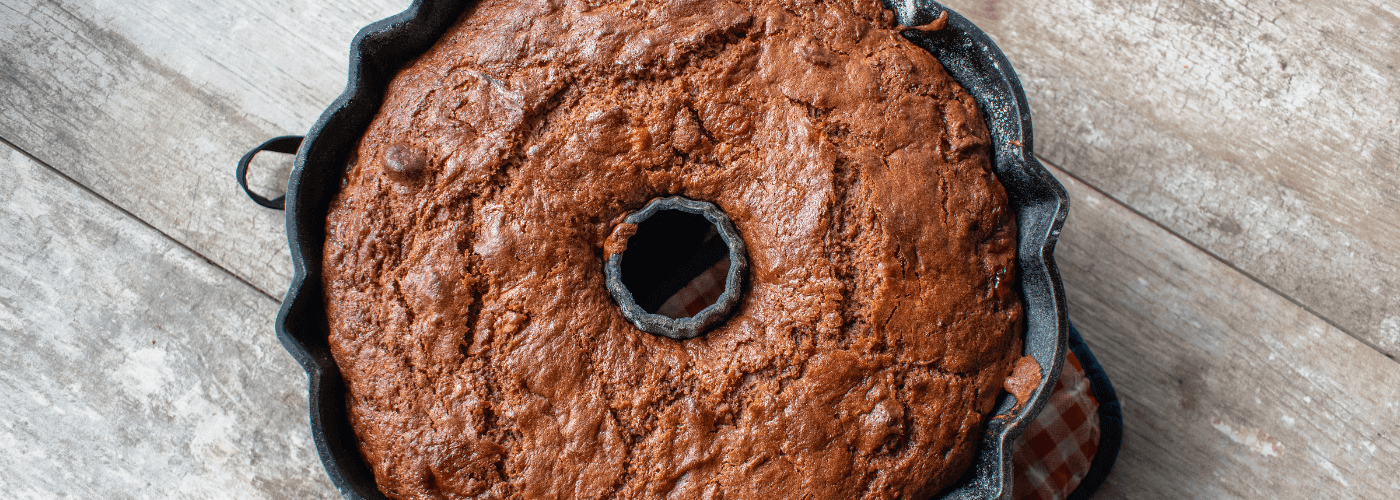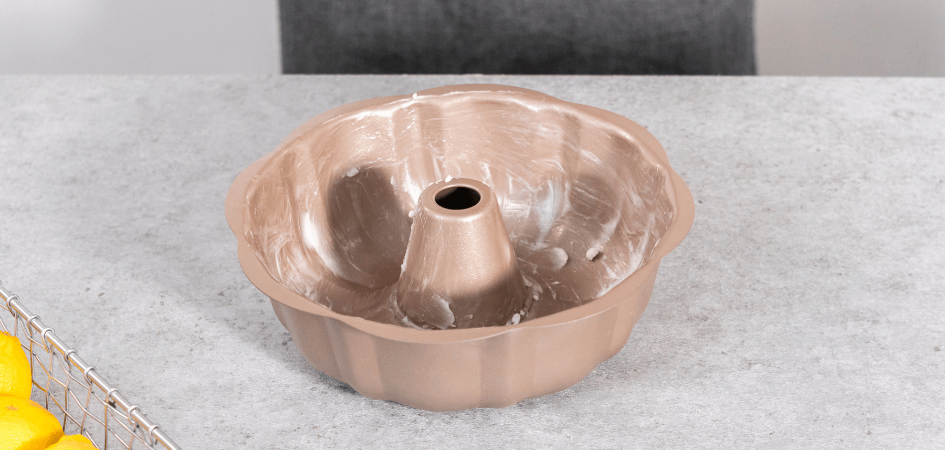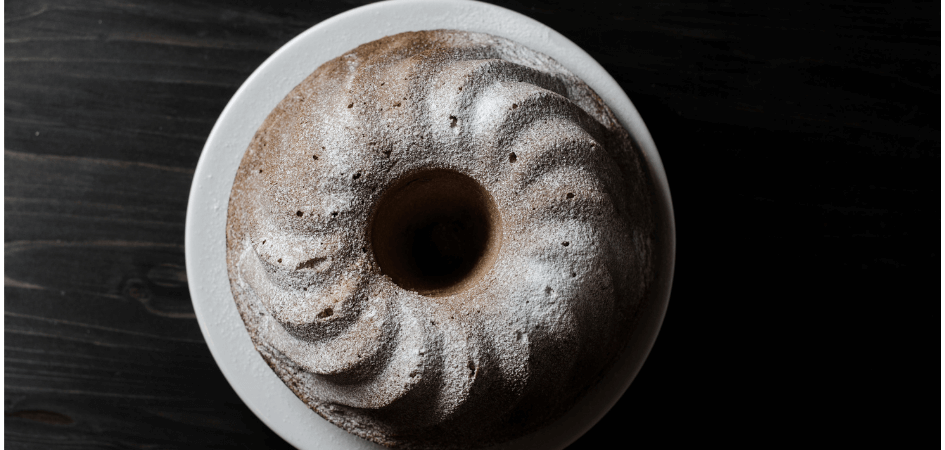
Bundt cake pans are valued for their elegance. However, because of their intricate designs they are difficult to use. But, if you use the pan correctly, you can be sure of gorgeous results every single time. Time to explore some interesting tips and tricks and make most of Bundt pans.

Choose
Select a nonstick, metal Bundt pan with a light colour. These characteristics are critical for a cake to come out of the pan neatly. Avoid glass Bundt pans because they do not carry heat as efficiently as aluminium pans.

Use
Ideally, even nonstick pans should be greased or drizzled with baking oil or light butter before use. A light sprinkling of flour can help too, particularly with chocolate cakes. Allow the cake to cool completely before attempting to remove it. Place a big plate (at least 1 inch more in diameter than the Bundt pan) over the Bundt pan and flip the pan while holding the plate in place; the cake should fall onto the plate.

Clean
Fill the pan halfway with hot soapy water and soak for a few minutes before lightly scrubbing and dry it thoroughly. Although these pans can be cleaned in the dishwasher, handwashing is suggested to protect the coating. Check the product information on your pan for care recommendations.

Grease
A Bundt cake is difficult to grease and does not work with parchment paper. Because most Bundt pans have a pattern, they might stick to the cake's surface and make unmolding difficult. Dip a folded sheet of paper towel into the shortening. You'll need a lot of it, so go ahead and scoop out a huge handful. Spread the shortening over the pan as if scrubbing it with a soapy sponge, making care to coat all of its nooks and crevices. The milk particles in butter and other fat can stick to the pan, making it more difficult for the cake to come out perfectly round.

Dust
If your Bundts are still seeming sticky after using a non-stick pan, consider dusting a coating of finely powdered nut flour into the greased pan before adding the batter. Lightly dust the buttered pan with a teaspoon of flour. Keeping the spoon steady in one hand while softly tapping the wrist with the other prevents the contents of the spoon from being dumped all at once. If you're worried about the flour clumping, use a fine-mesh sieve to sift it into the pan. Pick up the pan and gently tap and rotate it to coat the interior with a thin, equal layer of flour.
To keep the cake's deep colour, dust it with cocoa instead of flour while making chocolate Bundt cakes. You could also use icing sugar for the glaze.
We wish you a-Bundtant orders with your customers always!
